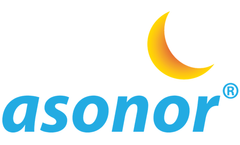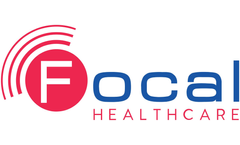General Anesthesia Articles & Analysis
6 articles found
Understanding Sleep Apnea and Its Types Sleep apnea is a sleep-related breathing disorder that results in poor sleep quality and can lead to daytime fatigue or sleepiness, forgetfulness, and irritability. According to the Mayo Clinic, there are 3 types of sleep apnea to be aware of as follows: OSA or obstructive sleep apnea is the more common form of the disorder and affects roughly 30% of ...
Chronic Venous Insufficiency (CVI) occurs when the valves inside the veins of your leg do not function properly, causing blood to flow backwards and pool in the lower leg, leading to elevated venous pressure inside the leg veins. The purpose of the SAVVE study is to determine whether the VenoValve® is a safe and effective treatment for patients with severe, deep venous ...
Considering Surgery for Carpal Tunnel Syndrome? Carpal tunnel syndrome (CTS) is a painful or numbing condition that affects the hands and fingers. It’s caused by pressure on one main nerves of the hand, the median nerve. The nerve passes through a narrow passageway in the wrist called the “carpal tunnel” (hence the name of the disorder). The pressure causes the nerve to ...
Typically, the entire procedure from anesthesia to waking up lasts 1-2 hours.1 It may take longer for more fibroids or complications, but most patients get cleared to go home within 2 hours.2 How long recovery takes As with any medical procedure, it’s important to rest and follow your doctor’s instructions when you return home. ...
This estimate does not even include the savings of costly emergency visits for post biopsy rectal bleeding, urinary tract infections and prostatitis, which occurs in 2.5%, 5% and 7% of all cases, respectively.1 Transperineal is well tolerated by patients under local anesthesia, which means the procedure can be performed in-office (no general ...
For years, if doctors couldn’t bring the swelling down in your sinuses and clear the nasal passages with medication alone, they would have to go in and operate under general anesthesia. Over time, doctors developed less invasive techniques including a way to expand and clear the nasal passages endoscopically. ...






